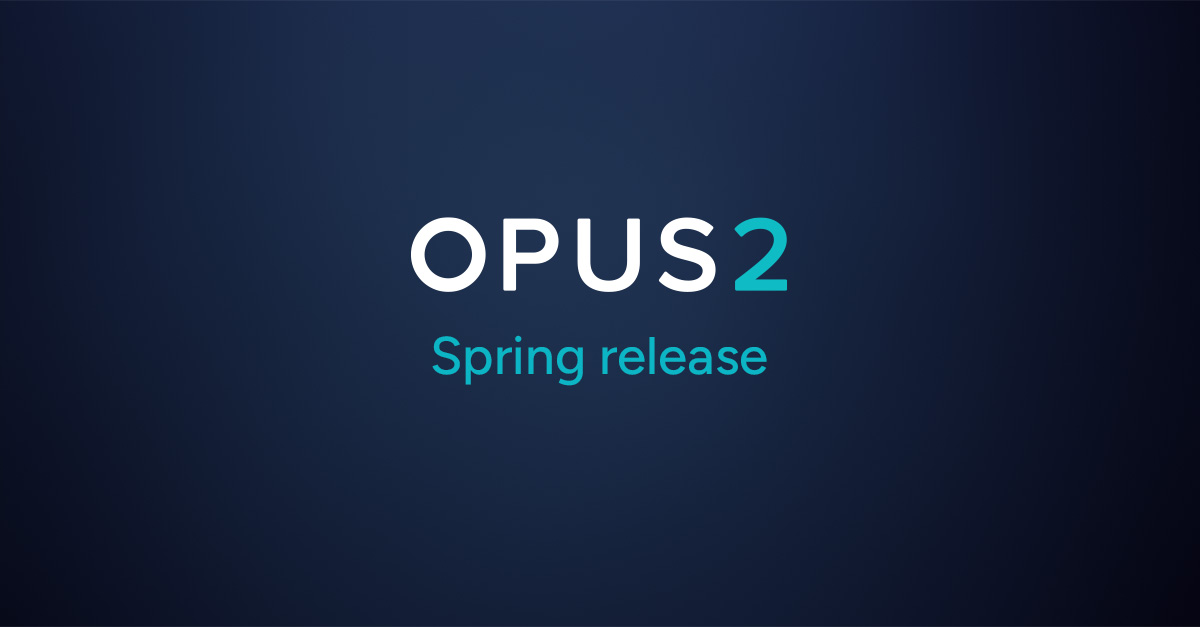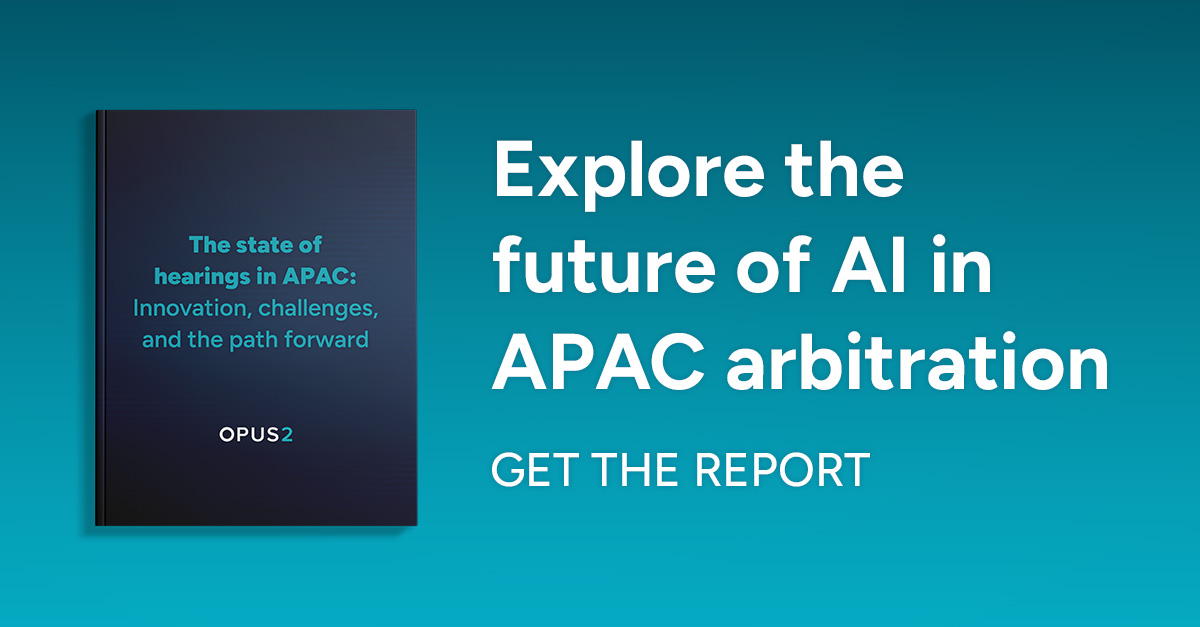We all know that trial bundles are a crucial element of court proceedings, yet there seems to be no shortage of horror stories about badly prepared bundles.
This article will explore the importance of getting the bundle right, and potential pitfalls that might be encountered when preparing trial bundles. We’ll answer common questions about trial bundles and share a cautionary tale of a bundle gone wrong. Finally, we’ll offer some best practice tips for trial bundles as well as an inside look at how the right hearing technology offers a better way to bundle.
Common questions about trial bundles
What is a trial bundle?
A trial bundle, also called a court bundle, is a collection of documents assembled for presentation to the court during a trial or hearing. It contains all the relevant evidence, pleadings, and other documents that will be referenced or relied upon by the parties, witnesses, and the judge during the proceedings.
Who prepares the court bundle?
The preparation of the court bundle is typically the responsibility of the legal team representing the claimant, applicant, or plaintiff. Often support staff and paralegals will assist in the compilation, pagination, and indexing of the bundle. They organize the necessary documents, ensuring they are presented in the required format and order according to court rules and procedures.
In cases where the plaintiff is unrepresented, the court may instruct another party to create the trial bundle.
Ideally, both parties should try to agree on the trial bundle’s contents before submission to the court. However, when disputes over admissibility or relevance of documents arise, this isn’t always possible. In the event that the parties cannot come to a resolution, they may submit a summary of the points of contention.
How are trial bundles submitted?
The process for submitting a trial bundle varies from court to court. Many have shifted to a digital approach, requiring an electronic court bundle, but some courts still require hard copies to be printed, placed in a binder, and mailed to the court.
The importance and impact of trial bundles
The purpose of a trial bundle is to ensure that all necessary materials are available to facilitate a smooth and efficient hearing, helping both the court and the parties involved understand and address the issues at hand.
Your trial bundle creates a first impression with the judge as they use it to quickly familiarise themselves with the case—so the time, attention to detail, and patience you into preparing your court bundle is well worth it. A particularly poor bundle that impacts the court’s ability to efficiently navigate a case can colour a judge’s view and potentially lead to costly sanctions.
A cautionary tale of a chaotic court bundle and pitfalls to avoid
Despite the importance and potential impact of the trial bundle, there are plenty of stories about judges encountering unfocused, unorganized, poorly formatted, and excessively bloated bundles.
The recent case of Bailey v Stonewall and others (ET/2202172/2022) provides a salutary reminder of the importance of well-prepared electronic trial bundles. In the employment tribunal, unlike the civil courts, costs do not follow the event. However, there are circumstances where the tribunal has the discretion to award a costs order, including where a party (or their representative) has acted unreasonably in the way the proceedings have been conducted (Rule 76, Employment Tribunal Rules of Procedure).
In this case, carriage of the bundle lay with the (second) respondent. In the main judgment, the tribunal referred to the condition of the main bundle, which spanned over 6,500 pages, as being “exceptionally difficult to work with”. The tribunal’s view was that the bundle “seemed to have been randomly thrown together”.
Specific issues with the bundle included that:
- Large sections of the bundle were not OCR readable.
- Pagination from earlier trial bundles had not been removed.
- The main index omitted a very large number of documents.
- Page numbers on the index did not match the PDF documents.
- Pages had been inserted sideways.
- There was frequent duplication of the same documents.
- The supplementary bundle was added to more than once, with the tribunal not always being notified of the additions.
While the tribunal acknowledged that “the process of putting together a bundle can be frustrating to one or both sides”, it concluded that the respondent’s conduct was unreasonable in the preparation of the trial bundle.
The tribunal noted the repeated rejection by the respondent’s solicitor to “constructive suggestions and courteous requests” from the claimant’s solicitor, including their offer to “collate the documents into a single, coherent, bookmarked, and indexed PDF bundle”. The tribunal’s view was that, in several respects, the conduct of the respondent’s solicitor “went well beyond normal disagreement”. In the end, £20,000 costs were awarded for unreasonable conduct in preparing the trial bundle.
Common pitfalls with court bundles
Rather than being an unusual example of bundling gone wrong, the issues the court faced seem to arise somewhat regularly. Among these cases, common pitfalls include:
- Non-compliance with procedural rules
- Redundant and duplicate documents
- Purposeless blank pages and entirely redacted documents that don’t add value
- High volumes of documents that aren’t referred to in the hearing
- An incomplete or inaccurate index
- Poorly constructed physical binders
- Incorrect or illegible pagination
- Documents that are incomplete or missing
- Poor quality or difficult to read copies or scans
Judicial guidance on preparing electronic bundles
In the employment tribunal, practitioners are reminded of paragraph 24 of the Presidential Guidance on remote and in-person hearings which sets out a series of principles for electronic documents.
In the civil courts, the Judiciary’s General guidance on electronic court bundles and the court guides of the respective divisions of the High Court supplement the provisions of Practice Direction 51O in relation to the preparation of electronic court bundles.
How court bundle software can help
Court bundle software like Opus 2 Hearings supports the preparation of a fully paginated, shared electronic court bundle, where all documents are uploaded into a single, connected platform through private workspaces for each party, their legal representatives and the court.
Unlike a static PDF, any changes or inserts to the electronic trial bundle will be automatically updated for all users on the platform, without you having to manually update and circulate inserts or new copies of the bundle each time. Documents within the trial bundle that are text searchable enable specific content to be located using our advanced search and filtering functionality. And the documents view on the platform acts as a hyperlinked index to navigate through the electronic bundle.
Additionally, clients benefit from the knowledge and experience of our dedicated client services team who are on hand throughout the hearings. A solution operations manager liaises with the parties’ legal representatives to understand and meet the specific requirements of the case and handle the trial bundle creation on your behalf. In addition, a case manager will be your main point of contact for advice and support in relation to all other aspects of our hearing services.
To explore how Opus 2 Hearings can improve your approach to trial bundles, request a demo with an expert.








